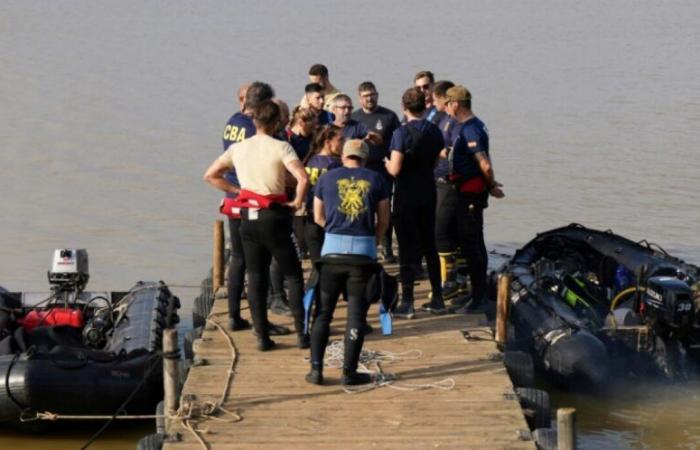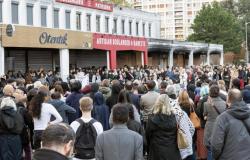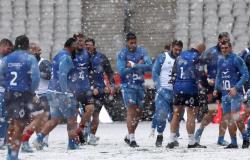Daylight has recently dawned in Albufera, fifteen kilometers south of Valencia. Álvaro Carrillo, a Spanish navy diver, is preparing to leave by boat to search part of the 2,700 hectares of this natural park with around twenty colleagues. In this freshwater lagoon, separated from the sea by a thin strip of land, there are undoubtedly some of the victims sought since the torrential rains which poured over the region on October 29, leaving at least 219 dead and dozens of missing.
In some municipalities, a year's worth of precipitation fell in a few hours – like in Turis, where 771 liters of water per square meter (77.1 cm) were recorded. These downpours swept away everything in their path to end their course in the sea, at the mouth of the Júcar and Turia rivers or at Albufera.
Poor visibility. In this lagoon, the water is shallow, one meter or one and a half meters at most. It is also and above all more cloudy than usual, due to everything that the water has carried away: furniture, cars, piles of reeds… The poor visibility “is what complicates our task the most”, explains to AFP Mr. Carrillo, dressed in his neoprene suit. This 26-year-old second lieutenant from the Spanish Army Diving Center says he is ready to work “as long as daylight allows”.
In recent days, several victims have been found on beaches in the area, including one by passers-by, according to Spanish media. The authorities, widely criticized for their lack of information for ten days, have neither confirmed nor denied this information, but a member of an emergency unit involved in the rescue confirmed to AFP, under cover of anonymity, that at least one body had been found in this area.
Technical means. Cecopi, an emergency committee set up by the authorities to deal with flooding, announced on Thursday that it was using georadar as well as bathymetry, a technique used to map the seabed, as part of the research. “We have increased the number of boats to strengthen the search and location of possible missing or deceased people on the coast, and the number of diving teams has increased sixfold,” Javier Marcos, head of the diving team, said on Friday. Military Emergency Unit (UME).
“It's sad, but it's logical that they're looking here,” said José Torrent, a Valencian retiree who often comes for walks in the Albufera park, known for its rice fields and its restaurants offering paella and boat rides. boat at sunset. The natural park, where thousands of migratory birds will soon come to spend the winter, is normally popular with duck hunting enthusiasts and fishermen. But since the floods, these activities have been temporarily banned by the authorities.
Reeds. Apart from the murky water, the lagoon has an appearance quite similar to what it usually has. “The only visible damage is on the fishermen's nets,” observes Gregorio Ortega, a 66-year-old passerby, pointing to the stakes from which the nets used for eel fishing hang. Near a lock that separates the lagoon from the sea, not far away, firefighters are working to remove reeds that are preventing a valve from closing. Objective: to allow the water that accumulates in the lagoon to flow properly into the Mediterranean.
On the other side of the lagoon is El Saler beach, a long strip of sand that remains relatively wild. Here, the consequences of bad weather are more visible: the place looks like a gigantic cemetery of reeds piled on top of each other, which the tides have spread as far as the eye can see. To ensure that no one came to swim, municipal agents raised a red flag and sealed off the access points, as in other beaches in the region. “It’s for health reasons,” explains one of them.
Alfons LUNA
© Agence France-Presse






